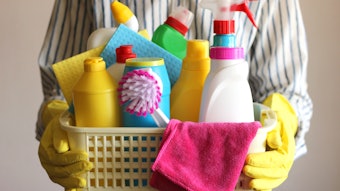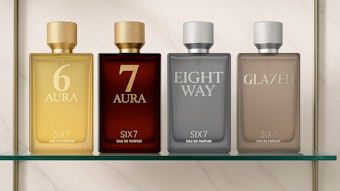
The term “lab efficiency” can mean many things to different people; it all depends upon your point of view. In terms of a flavor and fragrance laboratory, three of the most common interpretations are: energy efficiency, research efficiency and testing efficiency. In all three cases, using filtered, ductless fume hoods and odor control filtration devices will improve lab efficiency.
Energy Efficiency
Nothing in a lab consumes more energy than a ducted chemical fume hood. Ducted hoods consume three to six times the amount of energy of a -80°C ULT freezer. For comparison, a 6 ft wide ductless fume hood consumes just 270 watts of power, with the sash open and the fans at full speed. That’s just one tenth of one ULT freezer or, looked at another way, 30 to 60 times less power than a typical ducted fume hood (see F-1).
If the make-up air demand for the ducted fume hoods in your lab is so great that it exceeds minimum ventilation rates, for at least some periods of time, then the potential exists for reducing the total volume of air being delivered to the lab. That reduction in air volume is where operational cost savings will be generated. Heating, cooling, filtering, dehumidifying and delivering make-up air to labs is very expensive (see F-2). In North America, the typical cubic foot per minute (CFM) of fresh air costs between $5.00 and $8.50 per year in energy costs, and a standard, ducted fume hood can consume between 600 and 1,250 CFM of air. This high operational cost of ducted hoods provides ample savings to offset the costs of replacing filters over time with ductless fume hoods.
A ducted, chemical fume hood will not function on its own. Ducted hoods require many complex and expensive HVAC systems to be installed in the building so that air is properly extracted from the hood, and tempered make-up air is delivered into the laboratory. Those systems include:











